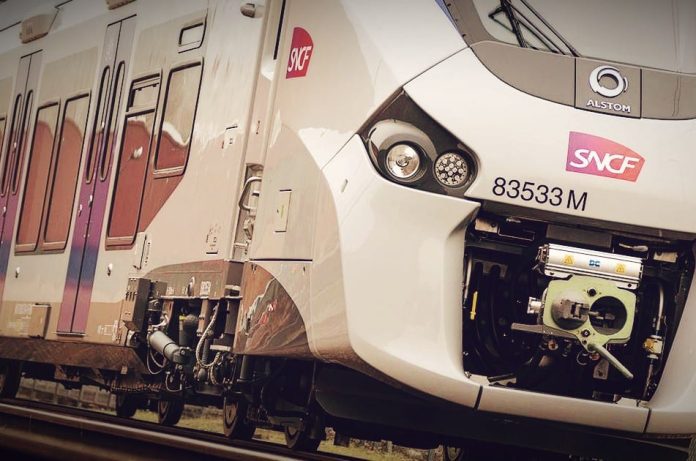The LoRa Alliance is working with SNCF to monitor rail assets in France and test the feasibility of adding LoRaWAN as a carrier tech in GS1 standards. It is engaged with GS1 in Europe, the European arm of the GS1 standards body for the supply chain industry, on the project. Similar engagements will follow the SNCF trials, in other sectors and in other countries, the pair said.
The collaboration with SNCF in France is focused on inventory and condition monitoring of railway assets. GS1, which claims to represent 500,000-odd companies in Europe and 2.5 million worldwide, is considering LoRaWAN as an identification system for infrastructure and rolling stock, looking at the value of carrying GS1 identifiers from EPC/RFID tags over LoRaWAN networks.
The plan is to show that RFID and LoRaWAN can combine to deliver cost-effective visibility of railway assets, bringing intelligence and raising performance. GS1 called it a “perfect use case to demonstrate the benefits for maintenance and operations” in the rail sector, and the “necessity to deploy a ‘tech-agnostic’ common language to maximize the advantages of digital transformation”.
An enriched data format is also being specified to improve geolocation use cases using LoRaWAN-based positioning services, as well as to introduce new sensing for predictive maintenance and asset management. The LoRa Alliance said the exercise will see end-users have access to “easy digitization of existing systems” and “reduced integration and operational costs resulting from larger adoption of GS1 standards with LoRaWAN”.
Donna Moore, chief executive at the LoRa Alliance, said: “The deployment of LoRaWAN has greatly accelerated over the past 12 months. One trend that has emerged is the need for multi-RAN strategies to address specific use cases. The combination of short-range RFID and long-range LoRaWAN represents a huge opportunity, where cost-effective wireless communication can be achieved, amplifying the user benefits of both technologies.”
François Deprey, vice chair at GS1 in Europe and chief executive at GS1 France, said: “What makes a lot of sense in this agreement… is a common belief in the benefits of interoperability. For the last 50 years, GS1 has been working with a lot of different industries to make supply chains more efficient, and data more portable and shareable. To fully benefit from the fast-growing development of IoT, better collaboration across sectors and data standardization are essential.”


